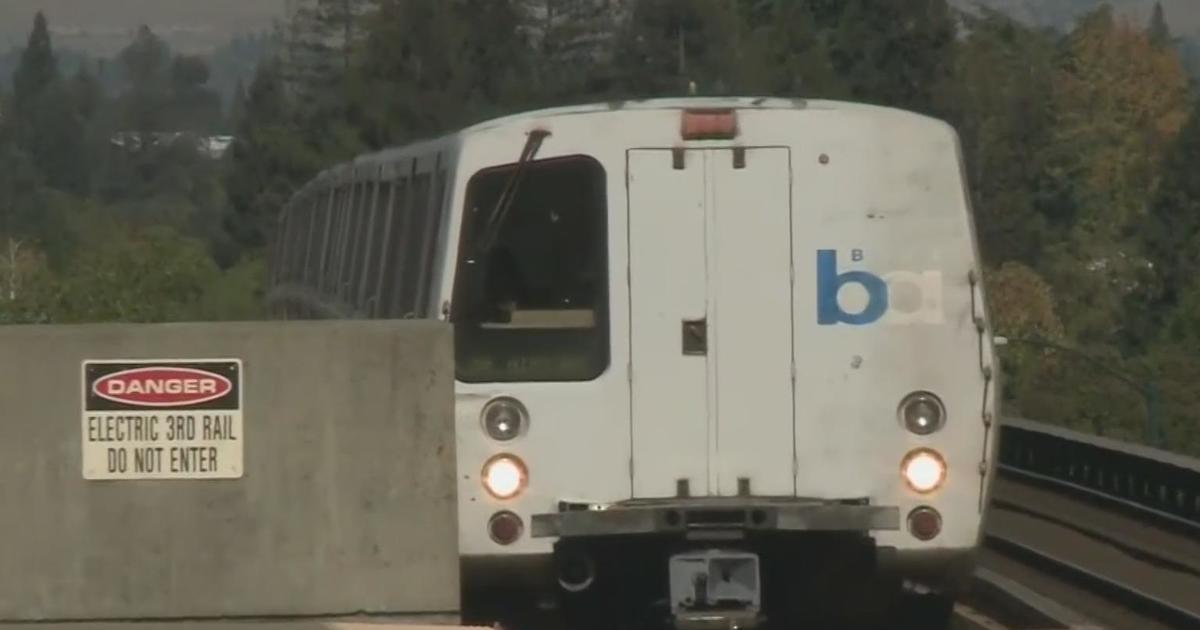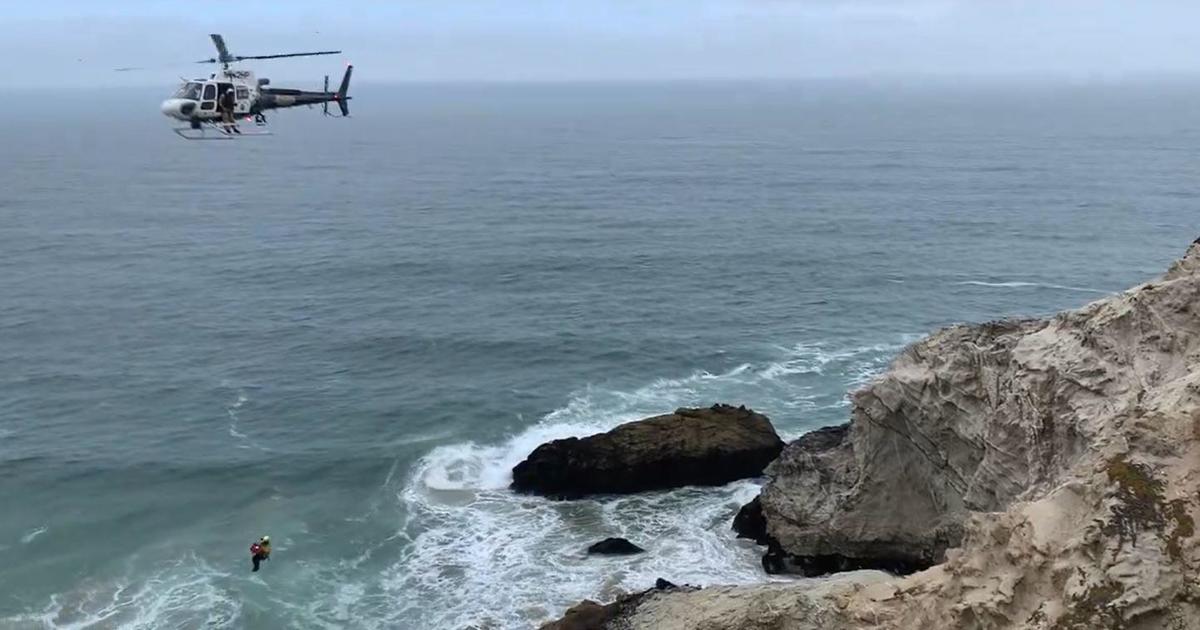2nd Transbay Rail Crossing Would Aid Transit Needs In 21 NorCal Counties, Backers Say
OAKLAND (BCN) – Nearly half of unmet rail transit needs in Northern California could be mitigated by a plan to build a second transbay rail corridor between San Francisco and Oakland and link major transit networks across nearly two dozen counties, officials with the project said Thursday.
The plan, known as Link21, would connect 21 counties in the San Francisco Bay Area, Monterey Bay Area, greater Sacramento area and Northern San Joaquin Valley via multiple rail transit projects in an effort to reduce vehicle traffic and make public transit more accessible.
Link21 is centered around constructing a second transbay rail corridor between San Francisco and Oakland by 2040, according to officials with BART and the Capitol Corridor Joint Powers Authority, who are spearheading the effort.
According to Link21 officials, roughly 45 percent of unmet rail transit needs in Northern California would be solved via the second transbay corridor, with the most unmet potential in San Francisco and between Richmond and Bay Fair in the East Bay.
"If you want to unlock the rail potential in all of Northern California, the new transbay crossing is going to be a key link in order for you to do that," Andrew Tang, Link21's manager of program evaluation, told the BART Board of Directors Thursday.
Tang added that while the project centers around the second transbay corridor, Link21 would not be focused exclusively on the Bay Area, with transit connections to Solano, Yolo and Sacramento counties showing particular potential to reduce vehicle traffic according to market analysis conducted by Link21 officials.
Link21 projects would span the so-called Northern California megaregion, from Yuba, Sutter and Placer counties in the north to Monterey County at the southern end.
BART and Capitol Corridor JPA officials first announced the project in January, touting that it would reduce crowding on BART and other rail transit services in the megaregion, reduce pollution from single-occupancy vehicles and cut down commute times for residents who live several counties away from their place of work.
Link21 officials have also argued weaving together the transit agencies that span the 21 counties would streamline departure and arrival times and payment systems.
More than 12 million people currently live in the Northern California megaregion. That population is expected to expand to 16 million by 2050, according to a report that the Bay Area Council Economic Institute released in tandem with the January announcement.
"This is really going to reshape what transit looks like in the Bay Area and beyond, indefinitely," Board Director Janice Li said.
BART, the Capitol Corridor JPA and the Bay Area's Metropolitan Transportation Commission have already contributed more than $200 million toward constructing the second transbay crossing and other projects and all three entities continue to evaluate potential funding.
BART is also utilizing a portion of Measure RR funding for Link21 planning and projects. Bay Area voters passed Measure RR in 2016, allowing BART to issue $3.5 billion in bonds for rail infrastructure projects.
While Link21 is still in its early planning stages, the MTC has estimated it will cost upwards of $30 billion to complete.
Link21 officials have already held five virtual public workshops on the project throughout the megaregion, with plans to hold additional workshops in the coming months in San Francisco, Alameda, Contra Costa, Solano, Yolo and Placer counties.
Information about the Link21 plan can be found at https://link21program.org.
© Copyright 2021 CBS Broadcasting Inc. and Bay City News Service. All Rights Reserved. This material may not be published, broadcast, rewritten or redistributed.



